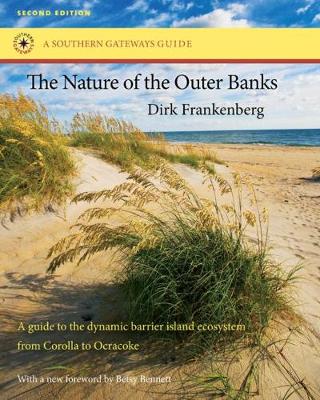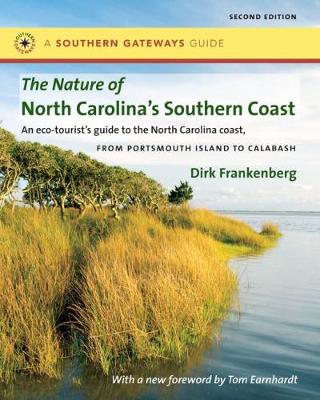Southern Gateways Guides
2 total works
North Carolina's Outer Banks are in constant motion, responding to weather, waves, and the rising sea level. Beaches erode, sometimes taking homes or sections of highway with them into the surf; sand dunes migrate with the wind; and storms open new inlets and dump sand in channels and sounds. A classic guide, The Nature of the Outer Banks describes these dynamic forces and guides visitors to sites where they can see these phenomena in action.
In the first section of the book, Dirk Frankenberg highlights three major processes on the Outer Banks: the rising sea level, movement of sand by wind and water, and stabilisation of sand by plant life. In the second section, he provides a mile-by-mile field guide to the northern Banks, and in the final section, he alerts readers to the dangers of overdevelopment on the Outer Banks. In a new foreword for this edition, Betsy Bennett documents the ever-more-critical situation of these shifting sands.
For some years, The Nature of North Carolina's Southern Coast has stood as an essential resource for all who treasure our coastal environment. In this book, Dirk Frankenberg describes the southern coast's beaches, inlets, and estuaries and instructs readers in the responsible exploration and enjoyment of some of North Carolina's most precious natural areas. From Ocracoke Inlet to the South Carolina border, this field guide provides a close-up look at a complex ecosystem, highlighting the processes that have shaped, and continue to shape, North Carolina's southern coast.
Frankenberg identifies over 50 different areas of interest along 180 miles of coastline and presents images to help identify natural processes, plants, and plant communities. In addition, he addresses threats to these fragile coastal areas and possible solutions for these threats. Tom Earnhardt's new foreword brings the book up to date, helping us appreciate why a deeper understanding of this environment is crucial to its continued enjoyment.

